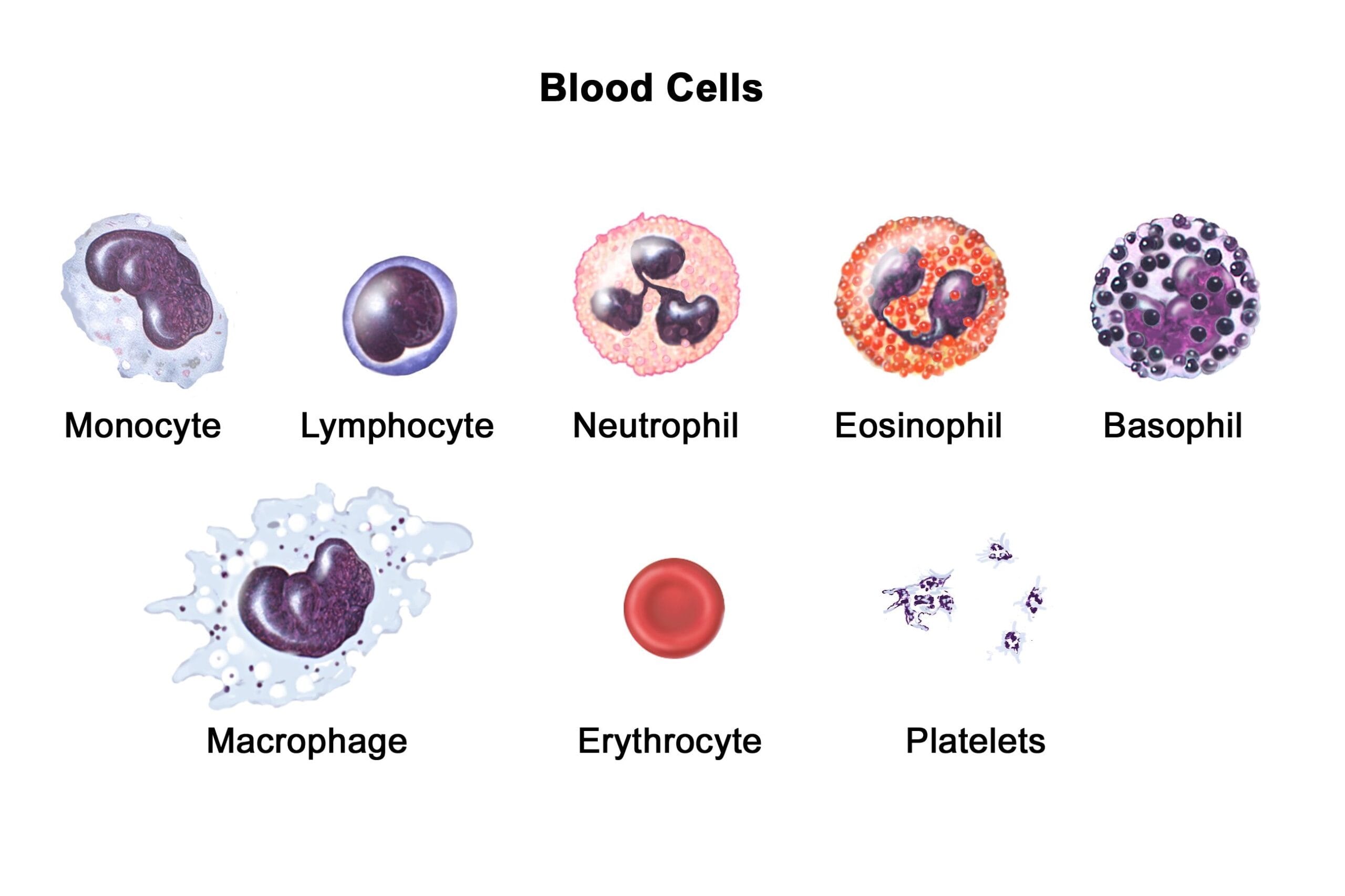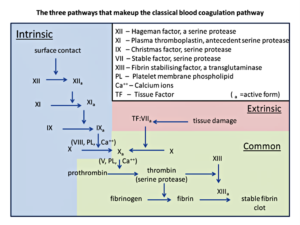Blood is a vital fluid in the human body, responsible for transporting nutrients, gases, hormones, and waste products, maintaining homeostasis, and defending against diseases. Among its components, blood corpuscles (or blood cells) play crucial roles in these processes. This article explores the types of blood cells—erythrocytes, leukocytes, and thrombocytes—their unique structures, functions, and significance in human health.
What Are Blood Corpuscles?
Blood corpuscles refer to the cellular components of blood that are suspended in plasma, the liquid matrix. These cells are categorized based on their functions and morphology into three main types:
- Erythrocytes (Red Blood Cells)
- Leukocytes (White Blood Cells)
- Thrombocytes (Platelets)
Each type is produced in the bone marrow and performs specialized roles, essential for survival and well-being.

1. Erythrocytes (Red Blood Cells)
Structure
Erythrocytes, also called red blood cells (RBCs), are the most abundant type of blood corpuscles. They have a biconcave disc shape, which increases their surface area for gas exchange and allows them to easily navigate through capillaries. Mature erythrocytes in mammals lack a nucleus, creating more space for hemoglobin, the protein responsible for oxygen transport.
Functions
- Oxygen Transport: Hemoglobin binds to oxygen in the lungs and releases it in tissues where it is needed for cellular respiration.
- Carbon Dioxide Transport: RBCs also carry carbon dioxide, a waste product, from tissues to the lungs for exhalation.
- pH Regulation: By binding and releasing hydrogen ions, RBCs help maintain the body’s acid-base balance.
Characteristics
- Lifespan: Approximately 120 days.
- Production: Erythropoiesis occurs in the bone marrow, regulated by the hormone erythropoietin.
- Count: Normal RBC count ranges from 4.5 to 6 million cells per microliter of blood in adults.

2. Leukocytes (White Blood Cells)
Leukocytes are the body’s defense mechanism against infections and foreign invaders. They are less abundant than erythrocytes but are diverse in type and function.
Types of Leukocytes
- Granulocytes:
- Neutrophils: The most abundant WBCs, they are the first responders to infections and specialize in phagocytosis of bacteria and fungi.
- Eosinophils: Play a key role in combating parasitic infections and are involved in allergic reactions.
- Basophils: Release histamine and other mediators during allergic and inflammatory responses.
- Agranulocytes:
- Lymphocytes: Includes T-cells (cell-mediated immunity), B-cells (antibody production), and natural killer cells (target infected or cancerous cells).
- Monocytes: Differentiate into macrophages or dendritic cells; they phagocytize pathogens and present antigens to other immune cells.
Functions
- Immune Defense: Protect the body against bacteria, viruses, and other pathogens.
- Inflammation: Regulate inflammatory responses to promote healing.
- Adaptive Immunity: Develop specific immunity against pathogens through memory cells.
Characteristics
- Lifespan: Hours to years, depending on the type.
- Production: Leukopoiesis occurs in the bone marrow and lymphatic tissues.
- Count: Normal WBC count ranges from 4,000 to 11,000 cells per microliter of blood in adults.

3. Thrombocytes (Platelets)
Thrombocytes, or platelets, are small, disc-shaped cell fragments derived from megakaryocytes in the bone marrow. Although they lack a nucleus, platelets play a critical role in hemostasis, the process that stops bleeding.
Functions
- Blood Clotting: Platelets aggregate at the site of injury to form a temporary plug. They release clotting factors that activate the coagulation cascade, resulting in the formation of a stable fibrin clot.
- Tissue Repair: Secrete growth factors that aid in wound healing.
Characteristics
- Lifespan: 7–10 days.
- Count: Normal platelet count ranges from 150,000 to 450,000 per microliter of blood.
- Activation: Platelets are activated upon vascular injury and interact with fibrin to stabilize the clot.

Blood Corpuscles in Health and Disease
- Erythrocyte Disorders:
- Anemia: A deficiency in RBCs or hemoglobin leads to reduced oxygen-carrying capacity.
- Polycythemia: Excess RBCs can increase blood viscosity, leading to complications like clotting.
- Leukocyte Disorders:
- Leukopenia: Low WBC count weakens the immune system.
- Leukocytosis: High WBC count may indicate infection, inflammation, or leukemia.
- Platelet Disorders:
- Thrombocytopenia: Low platelet count increases the risk of excessive bleeding.
- Thrombocytosis: High platelet count can lead to abnormal clotting, increasing the risk of stroke or heart attack.
Summary of Blood Corpuscles
| Feature | Erythrocytes | Leukocytes | Thrombocytes |
|---|---|---|---|
| Nucleus | Absent | Present (varies by type) | Absent |
| Lifespan | ~120 days | Hours to years | 7–10 days |
| Main Function | Oxygen transport | Immune defense | Blood clotting |
| Normal Count | 4.5–6 million/µL | 4,000–11,000/µL | 150,000–450,000/µL |
Disorders Related to Blood Cells
- Erythrocyte Disorders:
- Anemia: Low red blood cell count or hemoglobin deficiency.
- Polycythemia: Excess red blood cells leading to thickened blood.
- Leukocyte Disorders:
- Leukopenia: Decrease in white blood cells, weakening immunity.
- Leukocytosis: Elevated white blood cell count, often linked to infection or inflammation.
- Platelet Disorders:
- Thrombocytopenia: Low platelet count causing excessive bleeding.
- Thrombocytosis: High platelet count, increasing clotting risks.
Key Points to Remember
- Blood Corpuscles:
- Essential for maintaining vital processes like oxygen transport, immunity, and clotting.
- Erythrocytes (Red Blood Cells):
- Comprise the majority of blood cells.
- Crucial for gas exchange, transporting oxygen to tissues and carbon dioxide to the lungs.
- Leukocytes (White Blood Cells):
- Diverse roles in immune defense.
- Classified into five subtypes:
- Neutrophils, Eosinophils, Basophils, Lymphocytes, and Monocytes.
- Platelets (Thrombocytes):
- Prevent blood loss by forming clots at injury sites.
- Play a role in initiating tissue repair processes.
These points summarize the critical roles of blood corpuscles in human health.
Blood corpuscles are indispensable for life, performing critical functions such as oxygen delivery, immune defense, and clot formation. Their characteristics and count provide valuable insights into an individual’s health, making them a focus in medical diagnostics and treatment. Maintaining a balanced production and functionality of these cells is essential for overall well-being.







